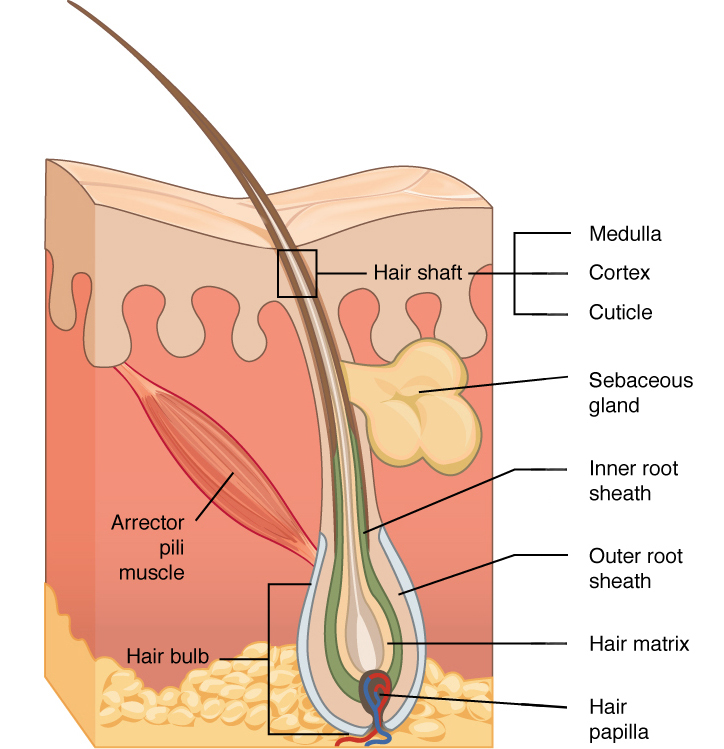If you have atopic dermatitis, your doctor may recommend wet wrap therapy. It’s one of the best ways to rehydrate your skin, relieve symptoms of atopic dermatitis, and help topical treatments (the ones you rub on your skin) work better.
What Is Wet Wrap Therapy?
Wet wrap therapy is a treatment where you put wet dressings to your skin to rehydrate and soothe it.
First, you soak gauze or fabric in warm water. Then, you put it on the affected areas of your skin. You’ll cover it with a layer of dry cloth and leave it there usually for a few hours or overnight.
It cools and hydrates your skin, helps with itching, soothes inflammation, and helps topical medications work better.
Benefits of Wet Wrap Therapy
Wet wrap therapy can help atopic dermatitis in many ways. It may:
- Cool your skin
- Help topical corticosteroid treatments work better
- Help you sleep better
- Hydrate your skin
- Reduce inflammation
- Ease redness
- Reduce staph bacteria on your skin
- Relieve itching
- Stop you from scratching your skin
Recent research suggests that when you use wet wrap therapy on top of topical corticosteroids for a short-term treatment, it works better than if you only use creams or ointments.
It keeps working even after the treatment is over. In a recent study, children who used wet wrap therapy two to three times a day for 2-16 days got relief from symptoms a month after the wet wrap therapy.
Who Does Wet Wrap Therapy Help?
Wet wrap therapy is best for people that have moderate to severe atopic dermatitis.
If your prescription-strength creams or topical medications don’t help, your doctor may want you to try wet wrap therapy before stepping up to medication like biologic drugs.
Wet wrap therapy works well during intense flares of atopic dermatitis. When you have severe pain or itching, it hydrates and soothes your skin. It’s good for small or widespread areas.
You can do wet wrap therapy at home, without a prescription. You put the dressings on your skin after you apply moisturizer and topical medication.
If the atopic dermatitis is on your face, a medical professional trained in wet wrap therapy will use gauze and surgical netting to apply a face wrap.
Wet Wrap Therapy for Children
Wet wrap therapy works for children. It may help with itching, crying, and irritability. It may also help your child sleep better because it relieves their symptoms.
Your doctor may recommend wet therapy for your child at night, after you put on a topical corticosteroid. Avoid doing it for more than 1 week. If your child likes the feeling of wet wrap therapy and it helps their skin stay moist and less itchy, you can do it longer by using moisturizer instead of corticosteroids.
How to Use Wet Wraps
To try wet wrap therapy, follow these steps:
- Soak your irritated skin or take a bath for about 10 minutes in lukewarm water.
- Pat yourself dry.
- Apply your ointment or cream.
- Cover your skin with wet dressings.
- Gently wrap a dry layer on top.
Ask your doctor how long to keep it on. It may be a few hours or overnight. The doctor will also tell you how often to do the treatment.
Types of Wraps
You can make wet wraps yourself. For the wet dressing, you can use a roll of gauze or white cotton clothing like long underwear or a onesie. If it’s on your hands or feet, try cotton gloves or socks.
For the dry layer, try pajamas or a sweat suit. For smaller areas, like your hands or feet, use plastic wrap or vinyl gloves.
You can also try special clothing made just for wet wrap therapy. It’s more expensive but can save you time and energy.
Risks of Wet Wrap Therapy
Talk to your doctor before trying wet wrap therapy. They’ll tell you if it’s right for you, how and when to do it, and how to look for signs of skin infection.
Avoid using wet wrap therapy for more than 1-2 weeks. Doing it too long or too often can lead to side effects like skin infection.
Call your doctor if you still have symptoms or if you have a fever, redness, or pain. They may be signs of infection.
Additional Resources
- Get Clear Skin with IPL Acne Treatment | Say Goodbye to Acne Breakouts
- What Is Laser Skin Rejuvenation? Exploring the Treatment Process – CIELLULU Laser Beauty
- Application Error_500
- Benefits of Laser Hair Removal – CIELLULU Laser Beauty
- Best At-Home Permanent Laser & IPL Hair Removal Machines – CIELLULU Laser Beauty



